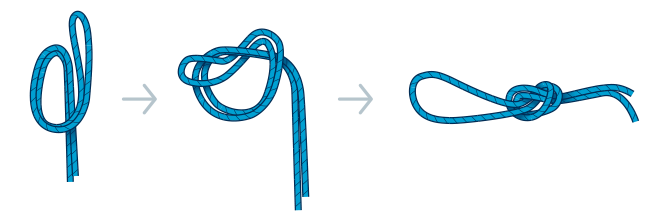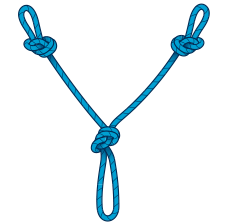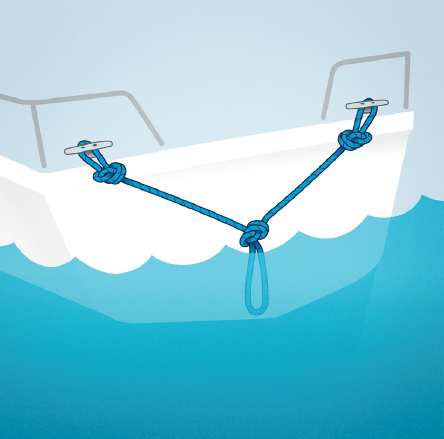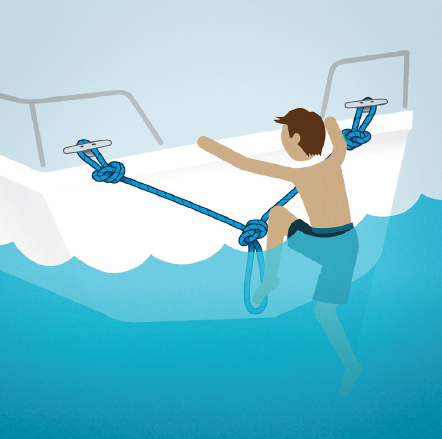
Be prepared! Sometimes it takes time for SAR to arrive.
Make sure you have everything you need before you start your trip by using a pre-departure checklist.
PRE-DEPARTURE CHECKLIST
A pre-departure checklist provides a fool-proof way to ensure that you have taken into account all the things you can to ensure that your time on the water will go as planned.
It's also a good idea to ensure that your passengers know the location of all safety equipment prior to departing the dock should you become incapacitated in an emergency.
![]()
A pre-departure checklist can be found for your vessel by selecting a vessel below.
Powerboats with Portable Fuel Tanks
Powerboats with Fixed Fuel Tanks
Canoe, Kayak, Stand-Up Paddleboard
ANCHORS
Keep your boat in one place by using an anchor. Most boats require an anchor or a manual propelling device.
Bigger boats can’t be paddled easily
- Key holding factors: Weight & Bottom Penetration
- Anchor Size Prime Consideration
- Boat always rests downwind/down current
- Bow & stern anchors prevent swinging
- Anchor line called “rode”
- Can be cable, rope, chain or combination
- Length of rode function of wave conditions
- Best hold when pull near horizontal
BAILERS & BILGE PUMPS
Keep your boat afloat with a bailing device.
They are a means to remove water from a boat, and are a legal requirement except on boats that:
- Cannot hold enough water to make it capsize
- Have watertight compartments that are sealed and not readily accessible
Options:
- Bailers
- Manual Bilge Pumps
- Bilge Pumping Arrangements
BRING THE GEAR YOU NEED
Bring extra clothing for both the expected and the unexpected weather conditions
Have water and food aboard & seek shelter within your boat if it is safe to do so
If the unexpected happens, help could be closer than your think. Wear your lifejacket to give you the time needed for rescue.
RE-BOARDING DEVICES
- A re-boarding device is recommended, no matter the freeboard distance on your boat.
- Re-boarding device can be as simple as a rope with foot loop.
- Deploying and re-boarding should be practiced from the water to be sure it will work in an emergency.
How to Make a Rope Re-boarding Device
Materials: 2’-3’ Length of Rope
STEP 1
Make a loop at the bottom of the rope. Ensure the loop is big enough for your feet to fit into them.
STEP 2
Make a second loop above the first – approximately 1 foot above.

STEP 3
Secure the rope to the stern of your boat.

STEP 4
Get into the water and test your rope ladder.


